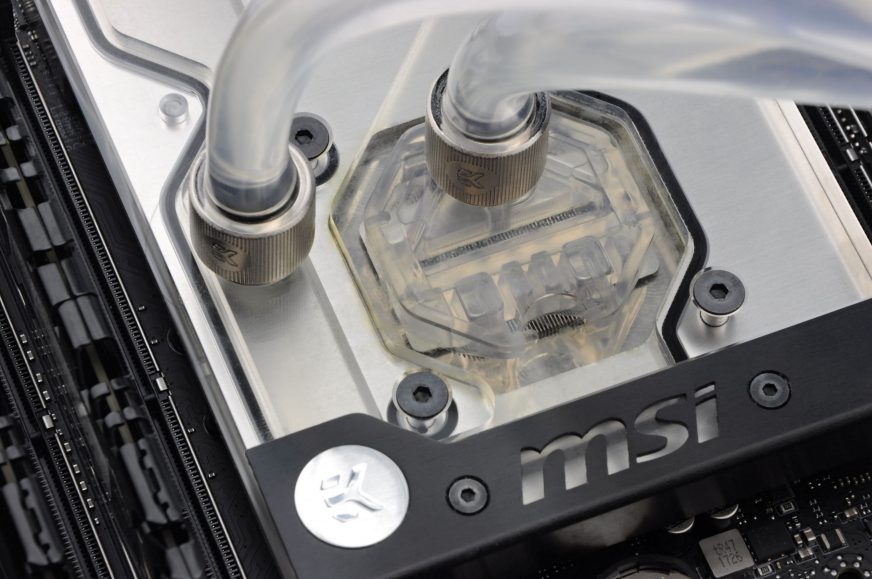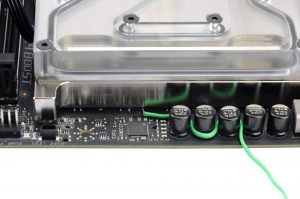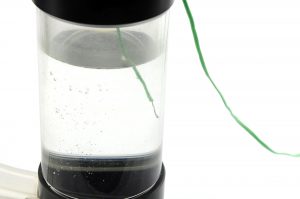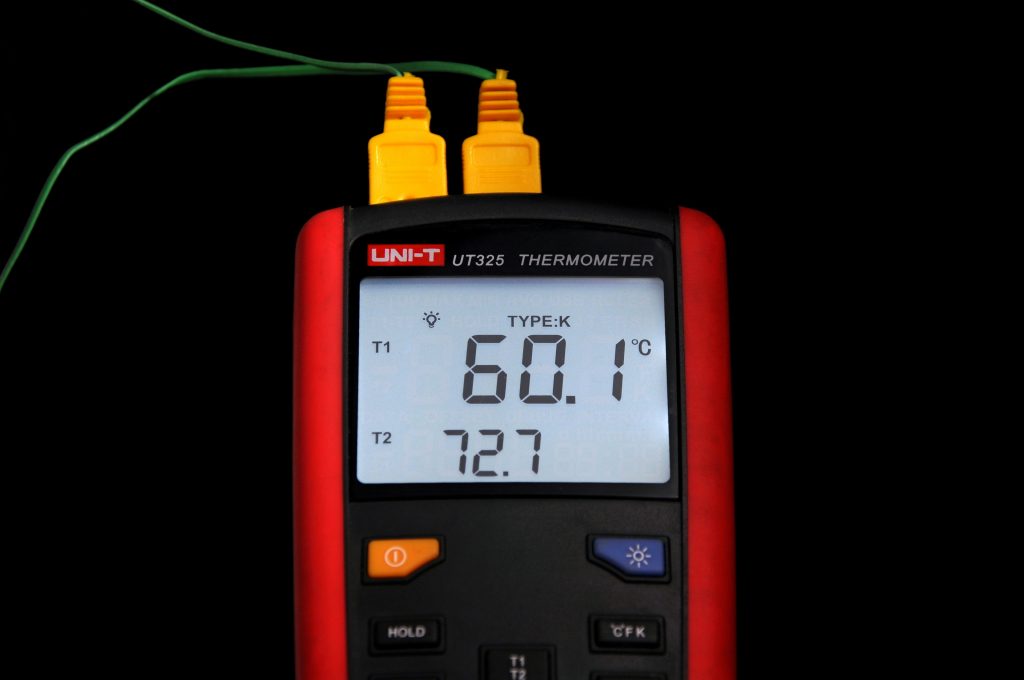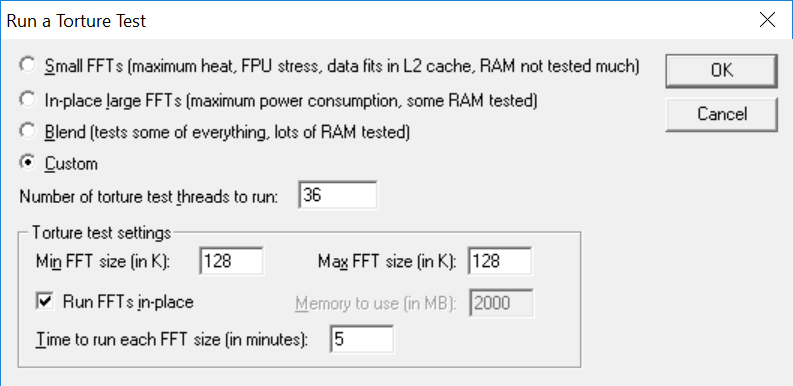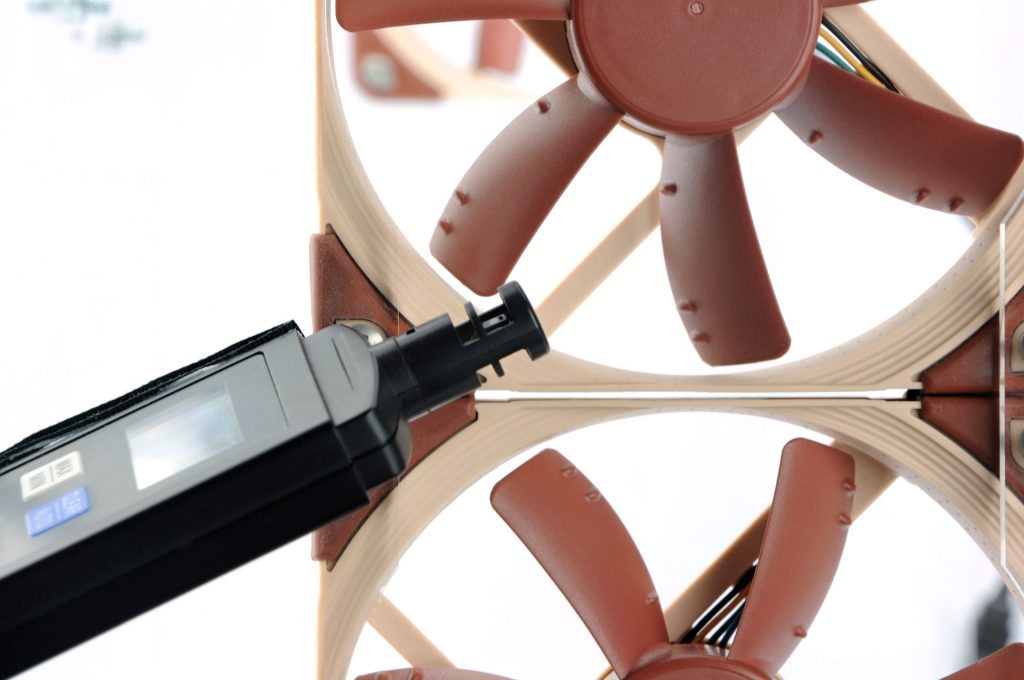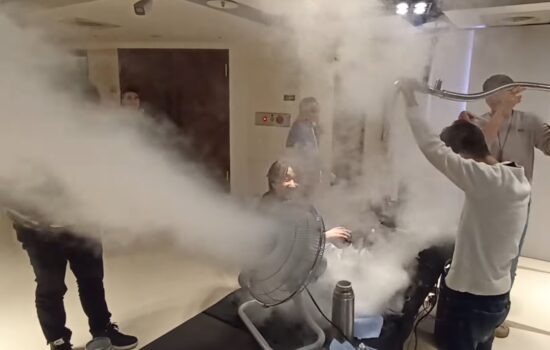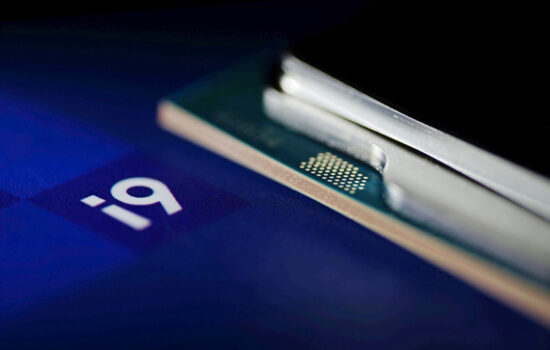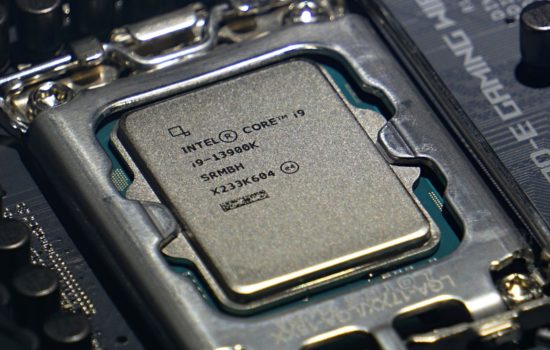How we were testing
For LGA 2066, liquid cooling is more beneficial than for any other platform before. Especially for Core i9-7980XE. Compared to EKWB full cover monoblock with a decent engine and evaporator, even NH-D15 looks like a dwarf. Not only does the liquid cooler open up for higher frequencies, but it also significantly improves the operating features with settings that can be barely handled by conventional coolers.
The reaction of EKWB to increased cooling needs due to Skylake-X is quite clever – several new water blocks that in addition to CPU also deal with coils and VRM heating. We acquired the Model for motherboards MSI Gaming M7 ACK and Pro Carbon (AC). The base is made of a nickel-plated copper and an acrylic glass. Net weight is 601 g.
How we were testing
The circuit was built from the X360 set. The key components were the 6 cm thick 360-mm CoolStream XE radiator and XTOP DDC pump which was constantly connected (12 V) during the tests. We only adjusted the airflow of the fans. All tests were carried out in two modes, with maximum cooling power at 12 V (~ 1625 rpm) and relatively quiet 7 V (~ 690 rpm). Fans are 120mm Vardar F3.
As part of preparations, we formatted the pipes to 45 cm, rinsed and deaerated the radiator and the water block. We used standard technical distilled water with an anti-corrosion admixture – EK-CryoFuel.
Test procedures were based on the test of Core i9 with Noctua NH-D15. We just added one thermocouple to monitor the liquid temperatures. Thanks to this, we could, for example, accurately determine the initial temperature of each test. The second thermocouple was placed at the warmest spot of the power supply circuit on the VRM casing. We recommend to be careful during the assembly of the block. Watch out for the pressure. Too much force has bended the board a bit and that caused worse contact of VRM with the base of the block. Some modules (via thermalpads) were completely out of contact. The rest of the process is very simple – the part above the processor is attached under the socket by four standard nuts. The block above power supply just needs to be normally screwed.
From the previous test, we’ve created several profiles to compare temperatures and consumption. They are tuned properly to achieve maximum efficiency. In addition to undervolting of factory settings, we increased the frequency by hundreds of megahertz (by increasing the multiplier – starting with 42). However, thanks to more efficient cooling of this liquid solution, a lower VID (than with D15) is enough for Prime95. That’s why there are some grey lines in charts, typically with decreased voltage (LV) to a stable minimum. One line is an exception, we used a significantly higher voltage with 4.5 GHz than was required. This is due to the fact that 4.6 GHz could not make it through the really demanding P95 configuration (FFT with constant 128 K and non-delid CPU). But since we wanted to make things truly tough for the cooler, we were looking for a very high voltage that does not make the CPU throttle.
When measuring consumption, the pump (17 W) and fans were not taken into account. They were regulated by external power supply. We took 90 samples between the 11th and 14th minute and put average values to charts. We used Extech 380801 power meter. The consumption of the entire configuration is important, but this is probably the most accurate way to compare the different settings.
We did not monitor just the temperature of the liquid in the expansion tank, but also the intake air temperature in our wind tunnel (21 – 21,3 °C). Four fans NF-A12S PWM were regulated to 5 V (approx. 610 rpm).
| Test configuration | |
| Processor | Intel Core i9-7980XE |
| Thermal compound | EK-TIM Ectotherm |
| RAM | G.Skill Flare X, 4× 8 GB, 3200 MHz/CL14 |
| Motherboard | MSI X299 Gaming M7 ACK (BIOS 7A90v15) |
| Graphics card | MSI GeForce GTX 1060 Gaming X 6G |
| SSD | Crucial MX300 (275 GB) |
| Power supply | SeaSonic Prime 650 W (80Plus Titanium) |
- Contents
- How we were testing
- Temperatures of CPU and from internal sensors
- Heating of the VRM casing and the liquid
- Consumption (+ VID)
- Performance tests
- Conclusion





